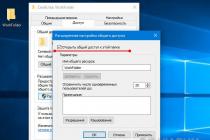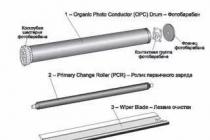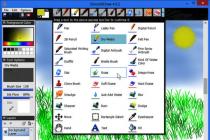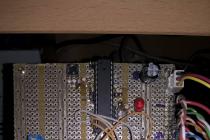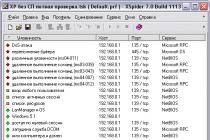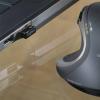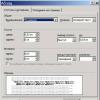If you have ever seen examples of photos taken on camera samsung galaxy S8, you will surely pay attention to especially clear lines, colorful hues and vivid images without distortion and noise. Yes, these pictures are asking for immediate publication in Instagram and In contact with!
What is the picture quality of the Samsung Galaxy S8?
Detailed photos regardless of lighting conditions are rare in the mobile industry. AND Samsung Galaxy S8 managed to surpass similar devices in terms of the ability to take high-quality pictures and record killer videos.
As a result, the first mini-criticism appears: moving the fingerprint sensor on the back side is certainly not too bad. However, placement near the camera is not ideal. Only after a few attempts or days of use, as a rule, they directly touch the sensor, and not mistakenly the camera.
With "dual pixel" technology using two photodiodes per pixel and phase detection on each pixel, high-performance technology works that allows faster autofocus and also offers a tracking function. An optical image stabilizer compensates for movement. As a highlight, the duo bring multi-frame technology: three shots are taken with each shot, an improved image processor adds the final image to it. If the camera is in zoom mode, the selection is made even from five frames.

You simply double-tap the power button and, voila, the automation, including fully independent autofocus without having to tap the screen, does all the artwork as if by magic.

Especially with moving subjects, this is a great advantage for getting sharp photos. In practice and in the laboratory, this will undoubtedly have an effect. The image quality is both brilliant and enthusiastic. The digital zoom can be adjusted very finely using the slider on the display. This is one of best smartphones on the market - right in terms of each of the options in their long list of features. Let's see which ones take the best shots.
The test was a reflection of everyday situations. We didn't carry tripods, we didn't go into manual modes. Then we expected only effects - the best. For the convenience of our readers, we have prepared a slider gallery that makes it easy to compare photos. On the last page of the text, you can find all the source files directly from your phone.
And how Samsung it is possible to achieve unprecedented image quality without a dual camera module, without breakthrough technologies in the world of photosensors, and at the same time still fit the unit into a very slim body phone?
In fact, the Samsung Galaxy S8 has two versions of the camera
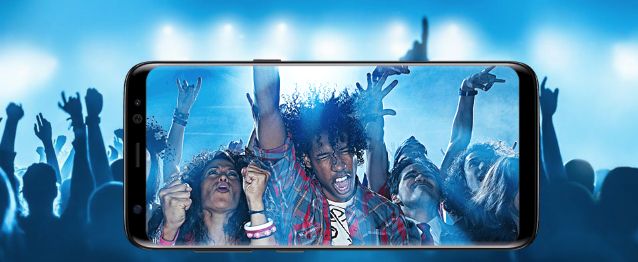
It cannot be compared to any smartphone on the market. The first five images are pure automation. We pull the phone out of our pocket, find an interesting frame and click. Smartphones have replaced compact cameras. They certainly win with convenience, the ability to easily edit photos, and instantly share images online. With that in mind, it's a good idea to choose a smartphone that offers the best image quality for photos and videos.
Although the same technical specifications are not yet a guarantee of the quality of images and videos that are needed - there is still a correct one for this software- they are certainly the basis. The most important element is the lens. This brightness reduces the exposure time and reduces the sensitivity. This avoids moving images or digital noise.
However, this is not news for fans of products. Samsung. Many buyers Galaxy S7 well informed ISOCELL they have or IMX Exmor RS. For everyone else, the situation should be clarified in detail.
As in other flagship smartphones Samsung, in the model Galaxy S8 one of the cameras is installed:
Either sensor S5K2L2 ISOCELL from the division Samsung System LSI,
Another important element of the camera is optical stabilization. He plays important role both in filming and filming. In the first case, it allows you to take unrivaled shots for longer exposure times. In the latter case, you can record videos without vibration and nervous jerks, which cannot be avoided in any other way.
The quality of the matrix that the image will record is very important. This is the best combination of parts with low noise Images. If the resolution were higher, the individual pixels would be smaller and record less light, which would increase sensitivity and increase noise.
Either the camera IMX333 from company Sony.
Technically, both modules are exactly the same. That is, they have identical specifications. And the use of one or another product does not affect the quality.
Characteristics of both cameras Sony IMX333 and Samsung S5K2L2 ISOCELL
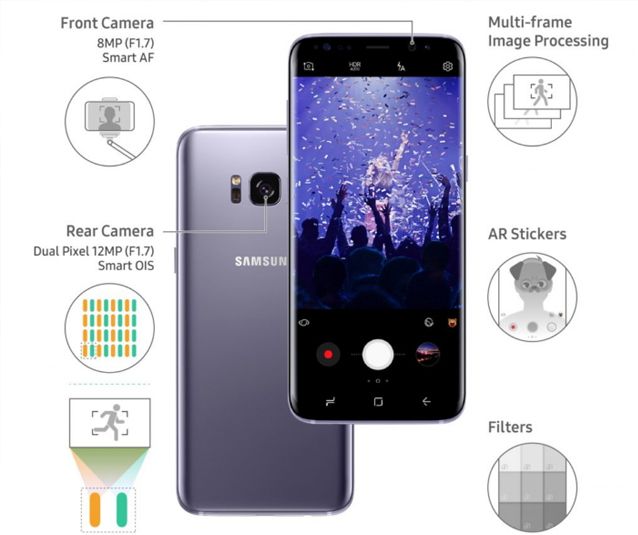
For today's applications, a lower resolution will not be enough. The last important aspect is how to focus. All options will be useless if the photos are out of focus. Focusing is a complex process that has to deal with changing lighting conditions, subject movement, and so on. autofocus works differently when shooting or shooting.
Let's explain what are its main advantages. The popular contrast detection system is free and works in lower light. Much better, and only best phones there is a focusing system with phase detection. It's much faster and less sensitive to poor lighting. However, there are restrictions on the placement of phase detection sensors in the frame. As a result, it can be confusing and may not always focus on any point.
CMOS sensor type;
Sensor resolution 12.19 megapixels;
Aperture f/1.7;
Focal length 4.2mm;
Equivalent (35mm) focal length 26mm;
Lens viewing angle 77 degrees;
Pixel size 1.4 µm;
Sensor size 1/2.55";
Phase detection of AF objects Dual Pixel;
Maintaining dynamic objects with autofocus;
Thanks to this solution, the focus can be set as smoothly as possible in every corner of the frame, and it all works just as quickly and under any conditions. In the case of video, focus should be smooth. The dual pixel camera avoids the focusing effect by alternately focusing on closer and complementary subjects for optimal sharpness.
The ultimate distinguishing feature the best camera, from the one that has good parameters, but offers average images, is an image processing method that is captured by the matrix. It is important to develop algorithms that will extract the most detailed information while offering a natural look. Too much unnatural sharpening will result in unnatural, unnatural artifacts. Too little sharpening will make the image less detailed than it really is. The same applies to colors, contrast, and dullness in the words of each image setting.
Smart optical stabilization system;
Photo resolution 4032 x 3024 pixels;
Movie resolution 4K (3840 x 2160 pixels) at 30 fps;
Accelerated video 1280 x 720 pixels at 240 frames per second.
In fact, you can find in the vastness of the American social network Reddit some examples of tests with an overview of the differences in the same images from both camera models within the same line Samsung Galaxy S8. But most of the described differences (shades, banding and other nuances) are noted at the level of error of the shooting conditions that have changed in seconds.
Here are the disadvantages of less experienced manufacturers. The second component of image processing is sufficient performance to allow all of these algorithms to be used in real time during shooting and filming - without slowing down the camera, which would be very easy to experience when shooting.
This technique is called "multi-frame image processing" and consists of continuously recording images in burst mode in a manner that is unobtrusive to the user. When the user takes a picture, the frames closest to the time the shutter button was pressed and merged into one image are selected.
Are the Samsung Galaxy S8's camera capabilities limited?
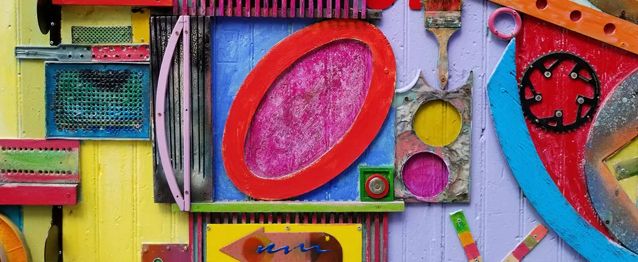
For smartphone camera Samsung Galaxy S8 offers a wide range of tools. And here South Korean manufacturer head and shoulders above most Chinese competitors. You can not only fine-tune the color, brightness, tone. If the camera recognizes the face, then you will get a portrait editing option with a blurred background, like a bokeh effect, as in iPhone 7 Plus with dual chamber.
All this happens in the background and does not take longer than a normal single shot, and it is not necessary to turn on the special mode. For demanding users, the most important is the professional mode. It allows you to control sensitivity, shutter speed, focus, white balance, exposure compensation, and color profile. People who move freely in manual mode, will reach their destination just as if they were using a SLR camera.
Panorama mode allows you to capture images from high resolution, multi-frame images that cover all fields of view - full 360 degrees. Video recording captures video even when there are moving elements in view, such as cars or transits.
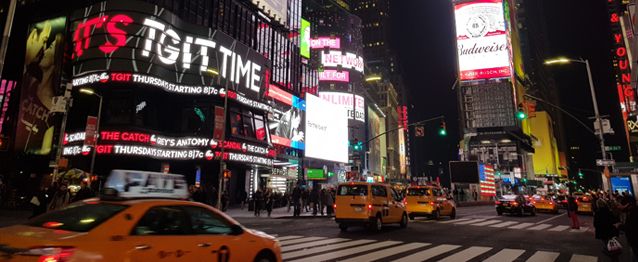
That's just in a fair duel with two modules of smartphones Apple, LG and Huawei at the single chamber Samsung Galaxy S8 physically less likely to win. They have the ability to better determine the depth of the scene due to the presence of an additional module that is offset from the main sensor. In addition, such devices more easily perceive the color spectra of various halftones, and this has been proven by experts.
The focus mode will be selected when shooting, whether the focus is in the foreground, the background, or the focus is on the frame. Slow-motion playback records video with increased frequency frames. This allows you to slow down when playing at the standard 30fps, but still be smooth.
Thus, in your film it is easy to imagine, for example, the movement of clouds in the sky. Food is a way of "conquering" the color of dishes, therefore the most attractive in our paintings. Virtual photography allows you to take a picture of an item with different pages so that it can be viewed from many points of view.

Samsung Galaxy S8 does not know how to do any of the above due to the lack of a second camera as a “partner”. But if we dismiss all these functions of double modules, then on the bottom line we get best images in difficult lighting conditions, sharp shots with quick focusing, and much more. Just take a look at these sample photos from the Samsung Galaxy S8 camera which we have attached here.
This processing allows for the most detailed recording. There are 16 color filters, many stickers and animated special effects applied to the face visible in the frame. There are also beauty enhancements, especially when compared to the 8MP front camera. Does this premiere really make sense? And the most important question - how is the comparison between the present and the last year? Be sure to check us out! Test cases are produced with great care. New model almost 5 mm higher than its predecessor, but the difference in weight is only 1 gram.
As you understand, there are changes in the camera, but not of a revolutionary nature. Samsung has not delivered yet dual camera. Perhaps two lenses will appear already in Samsung Galaxy Note 8, but until that moment you have to wait another couple of months.
As always, at the beginning we put the camera in the simplest conditions for the device: outdoor daytime shooting. This is where the Galaxy S8 feels just great, showing high image quality, detail and excellent color reproduction.
Our admiration is still the beautiful play of lights on the back. as one of best screens on the market, they perfectly represent colors, have great viewing angles and contrast. So we get a lot of workspace for the split screen mode, and the wider media playback area, which you have to admit, looks just sensational. On both models, we installed a similar set of programs and games to achieve a similar working environment. Launching the application, switching between them, setting up the application does not create problems for both devices.
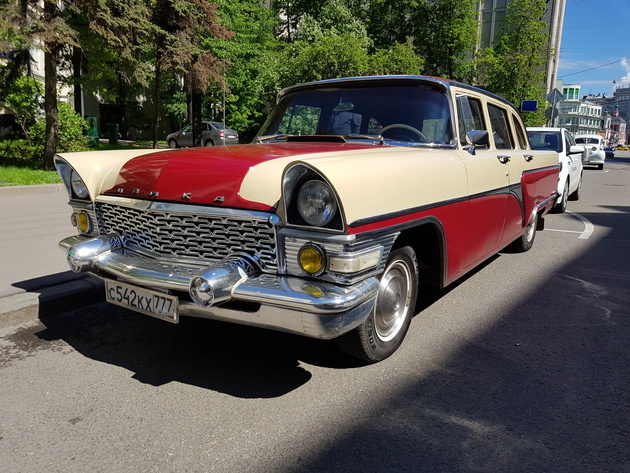 SM-G950F SETTINGS: ISO 40, F1.7, 1/2072s, 26.0mm equiv., 6.0MB
SM-G950F SETTINGS: ISO 40, F1.7, 1/2072s, 26.0mm equiv., 6.0MB
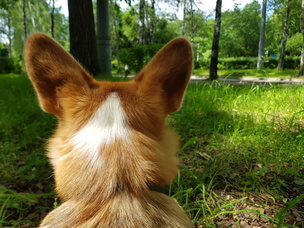 SM-G950F SETTINGS: ISO 40, F1.7, 1/447s, 26.0mm equiv., 6.0MB
SM-G950F SETTINGS: ISO 40, F1.7, 1/447s, 26.0mm equiv., 6.0MB
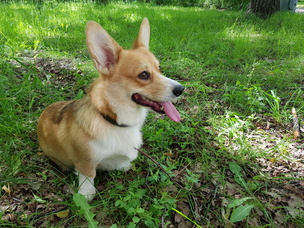 SM-G950F SETTINGS: ISO 40, F1.7, 1/128s, 26.0mm equiv, 8.0MB
SM-G950F SETTINGS: ISO 40, F1.7, 1/128s, 26.0mm equiv, 8.0MB
However, both tested phones will satisfy the most demanding users. It's completely invisible. Both designs support all the latest games while maintaining perfect fluidity. Attention is also paid to the temperature reached by the phones. Both phones have a fingerprint reader. You can also use aperture and face detection. However, both of these options require you to unlock your screen first and view your phone properly. Both phones will replace us in many situations with the traditional camera that you can see based on our paintings and films.
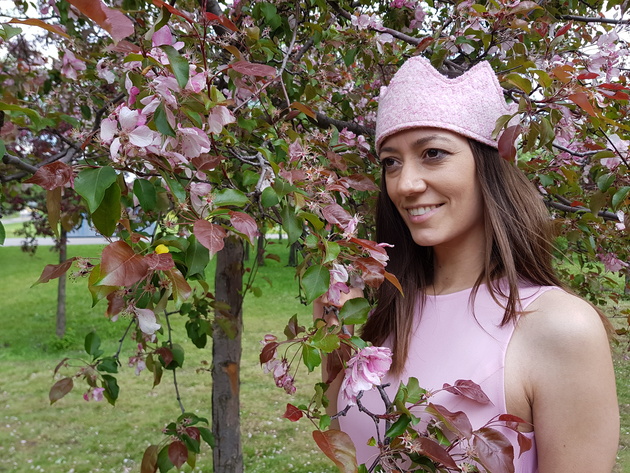 SM-G950F SETTINGS: ISO 50, F1.7, 1/500s, 26.0mm equiv., 6.0MB
SM-G950F SETTINGS: ISO 50, F1.7, 1/500s, 26.0mm equiv., 6.0MB
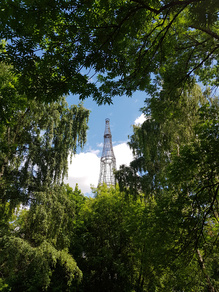 SM-G950F SETTINGS: ISO 40, F1.7, 1/1544 s, 26.0 mm equiv., 12.0 MB
SM-G950F SETTINGS: ISO 40, F1.7, 1/1544 s, 26.0 mm equiv., 12.0 MB
![]() SM-G950F SETTINGS: ISO 40, F1.7, 1/434s, 26.0mm equiv, 5.0MB
SM-G950F SETTINGS: ISO 40, F1.7, 1/434s, 26.0mm equiv, 5.0MB
Both phones have a mono speaker at the bottom of the frame. The sound that is emitted is transparent and transparent regardless of the volume. Unfortunately, both models are easy to use when using the phone. Both smartphones are characterized by high quality workmanship and attention to detail. So how to summarize our comparison? In both cases, we are dealing with powerful devices that, apart from their useful values, are undoubtedly an ornament in our hands.
The choice of model, traditionally left to you. That's why we're interested in your opinion on the phones that are being compared here. Don't forget to leave a comment. Under this complex name, the technology of combining several images taken in a row is used.
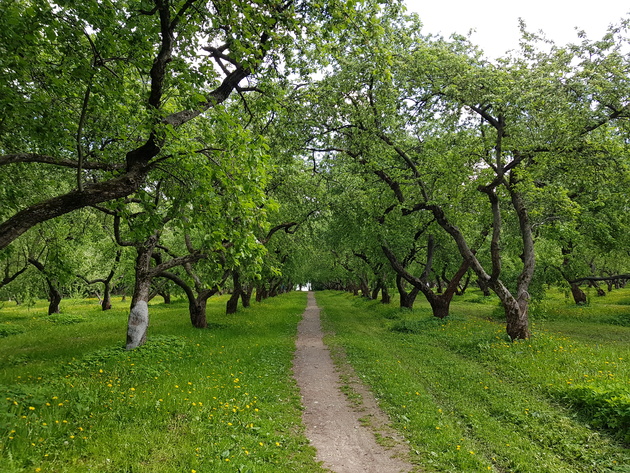 SM-G950F SETTINGS: ISO 40, F1.7, 1/376s, 26.0mm equiv, 9.0MB
SM-G950F SETTINGS: ISO 40, F1.7, 1/376s, 26.0mm equiv, 9.0MB
The fast lens (F1.7) of the Samsung Galaxy S8 does a good job of macro photography and blurs the background beautifully. We also note the precise work of autofocus. Fast and precise focusing is ensured by Dual Pixel technology.
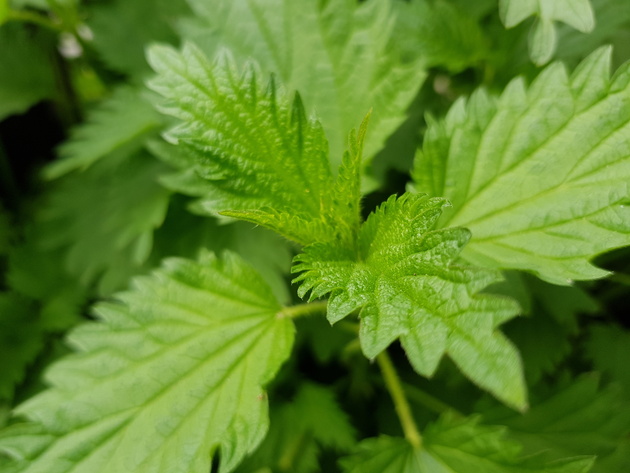 SM-G950F SETTINGS: ISO 40, F1.7, 1/403s, 26.0mm equiv, 4.0MB
SM-G950F SETTINGS: ISO 40, F1.7, 1/403s, 26.0mm equiv, 4.0MB
In difficult lighting conditions, the software must take several quick shots, choose the most stable ones, and select data from the remaining photos to improve quality. This feature does not work. In fact, it is completely invisible, it cannot be turned off, and it is not known at what moments it is activated. But it looks like it works.
Within a day, this year's model is completed
Night shots are razor-sharp and noise is low. Even moving objects remain sharp. We are talking about a new smartphone within a year, which is currently almost twice as expensive.
There have been many changes to the front
Resolution has increased from 5 to 8 megapixels, which has expanded significantly. The front camera is also supported by the aforementioned multi-frame imaging feature.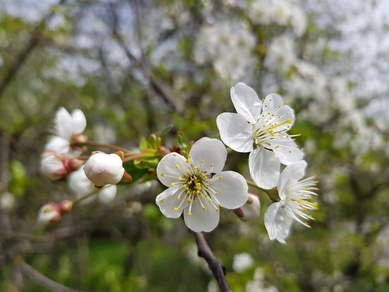 SM-G950F SETTINGS: ISO 40, F1.7, 1/1836s, 26.0mm equiv, 4.0MB
SM-G950F SETTINGS: ISO 40, F1.7, 1/1836s, 26.0mm equiv, 4.0MB
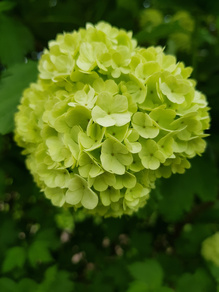 SM-G950F SETTINGS: ISO 40, F1.7, 1/424s, 26.0mm equiv, 6.0MB
SM-G950F SETTINGS: ISO 40, F1.7, 1/424s, 26.0mm equiv, 6.0MB
The application does not have a separate HDR scenes(advanced mode) dynamic range). By default, it is enabled automatically, it can be enabled and disabled forcibly. The result of this mode is quite noticeable. But still, the automation and processing algorithms of the Galaxy S8 focus on too dark places in the picture, almost ignoring too bright areas.
Another mode that we used in daylight- Panorama. Galaxy S8 confidently copes with gluing a frame from the many pieces obtained when holding a smartphone.
 SM-G950F SETTINGS: F1.7, 26.0 mm equiv., 16.0 MB
SM-G950F SETTINGS: F1.7, 26.0 mm equiv., 16.0 MB
Let's move on to shooting indoors. Here we looked at the work of the focus, color accuracy and the correctness of the choice of color temperature. Under artificial lighting conditions Galaxy camera The S8 is also very precise and produces quality results.
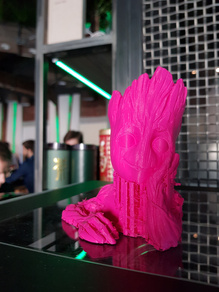 SM-G950F SETTINGS: ISO 160, F1.7, 1/50s, 26.0mm equiv, 7.0MB
SM-G950F SETTINGS: ISO 160, F1.7, 1/50s, 26.0mm equiv, 7.0MB
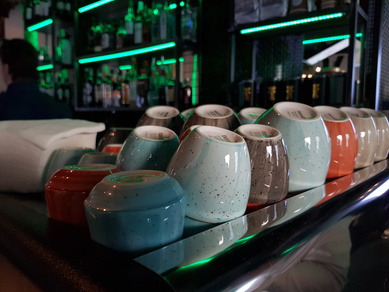 SM-G950F SETTINGS: ISO 160, F1.7, 1/50s, 26.0mm equiv, 4.0MB
SM-G950F SETTINGS: ISO 160, F1.7, 1/50s, 26.0mm equiv, 4.0MB
 SM-G950F SETTINGS: ISO 80, F1.7, 1/50s, 26.0mm equiv, 8.0MB
SM-G950F SETTINGS: ISO 80, F1.7, 1/50s, 26.0mm equiv, 8.0MB
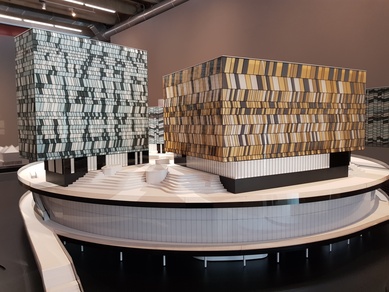 SM-G950F SETTINGS: ISO 200, F1.7, 1/25s, 26.0mm equiv, 4.0MB
SM-G950F SETTINGS: ISO 200, F1.7, 1/25s, 26.0mm equiv, 4.0MB
 SM-G950F SETTINGS: ISO 80, F1.7, 1/50s, 26.0mm equiv, 5.0MB
SM-G950F SETTINGS: ISO 80, F1.7, 1/50s, 26.0mm equiv, 5.0MB
The flash in the device is single and for many years Samsung has ignored both the dual LED element and the flashlight mode. The quality of the flash shot is high: the image is not overexposed, and the subject stands out from everything else.
There aren't many story scenes in the camera app. A couple for video (slow motion and interval shooting) and a few for photography. We have already talked about Panorama, but now we will pay attention to the selective focus mode, which allows, after the shot is taken, to change the focus point, choosing between foreground and background. However, the excellent work of the lens, which demonstrates a beautiful blur of the background, makes this story scene not so necessary.
Another mode is called "Food" and is suitable for this genre of photography. After all, as you know, I didn’t take a picture - I didn’t eat. In this scene, you can choose a point with a radial blur, as well as adjust the color temperature to make your food look as delicious as possible.
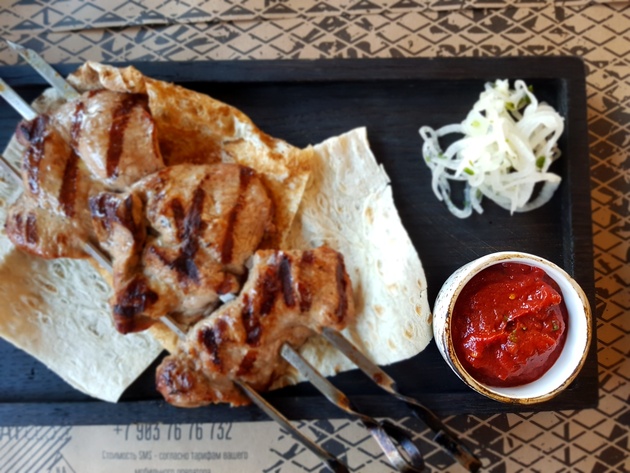
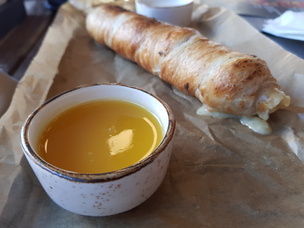 SM-G950F SETTINGS: ISO 100, F1.7, 1/50s, 26.0mm equiv, 4.0MB
SM-G950F SETTINGS: ISO 100, F1.7, 1/50s, 26.0mm equiv, 4.0MB
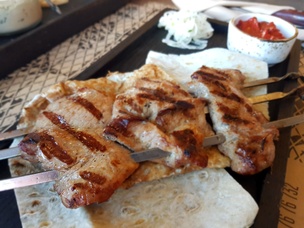 SM-G950F SETTINGS: ISO 160, F1.7, 1/50s, 26.0mm equiv, 3.0MB
SM-G950F SETTINGS: ISO 160, F1.7, 1/50s, 26.0mm equiv, 3.0MB
Well, as always, for dessert - the most difficult conditions not only for smartphones, but also for many cameras: shooting at dusk, in the evening and at night, in low light conditions. And here again, Samsung gives out branded quality. Yes, you can complain about some oversharpening, but the smartphone camera does its job very well. Sometimes automatic increases the shutter speed, but here the presence of optical image stabilization saves. Colors stay true to life, white balance doesn't get confused, and the result is highly detailed shots.
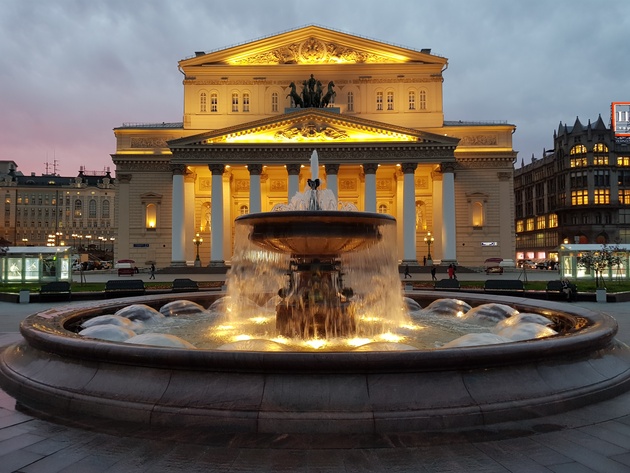 SM-G950F SETTINGS: ISO 160, F1.7, 1/36s, 26.0mm equiv, 4.0MB
SM-G950F SETTINGS: ISO 160, F1.7, 1/36s, 26.0mm equiv, 4.0MB
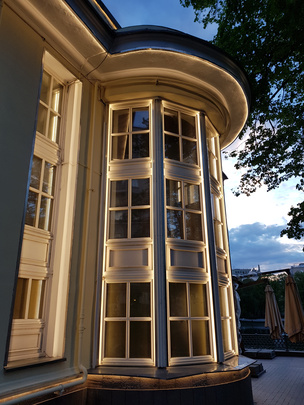 SM-G950F SETTINGS: ISO 40, F1.7, 1/166s, 26.0mm equiv, 7.0MB
SM-G950F SETTINGS: ISO 40, F1.7, 1/166s, 26.0mm equiv, 7.0MB
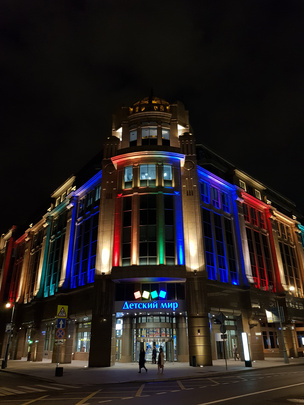 SM-G950F SETTINGS: ISO 250, F1.7, 1/25s, 26.0mm equiv, 7.0MB
SM-G950F SETTINGS: ISO 250, F1.7, 1/25s, 26.0mm equiv, 7.0MB
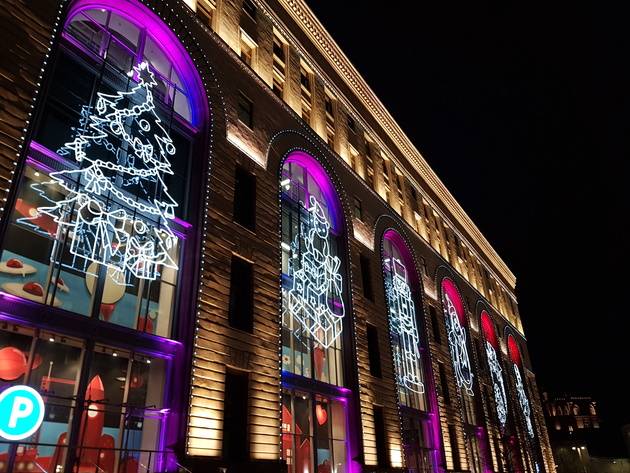 SM-G950F SETTINGS: ISO 125, F1.7, 1/30s, 26.0mm equiv, 6.0MB
SM-G950F SETTINGS: ISO 125, F1.7, 1/30s, 26.0mm equiv, 6.0MB
And of course, we cannot fail to note the presence of the "Pro" mode with a fully manual settings. Here you can select ISO, shutter speed, white balance, manually adjust the focus and even select its area (by the center point or by several points), as well as exposure metering. In addition, in manual mode, you can take pictures in RAW. Files in the DNG extension are very flexible and allow a lot of post-processing.
The front camera of the smartphone has grown in quality from 5 to 8 megapixels since the last generation. It is suitable for selfies and can produce a good picture even in rather difficult shooting conditions.
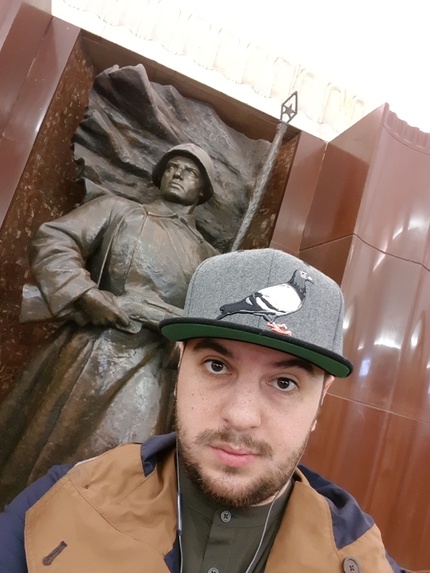 SM-G950F SETTINGS: ISO 500, F1.7, 1/20s, 25.0mm equiv., 1.0MB
SM-G950F SETTINGS: ISO 500, F1.7, 1/20s, 25.0mm equiv., 1.0MB
As a good tradition, we look at images not only on a smartphone display, in this case curved, or on a laptop, we have the opportunity to use our favorite Canon PIXMA TS8040 printer with six separate ink tanks and large communication capabilities. Printing wirelessly and even with one touch - all this is about the Canon PIXMA TS8040 printer.
Until 31.12.2017 for white model the printer has a unique discount with the promo code PROPHOTOS
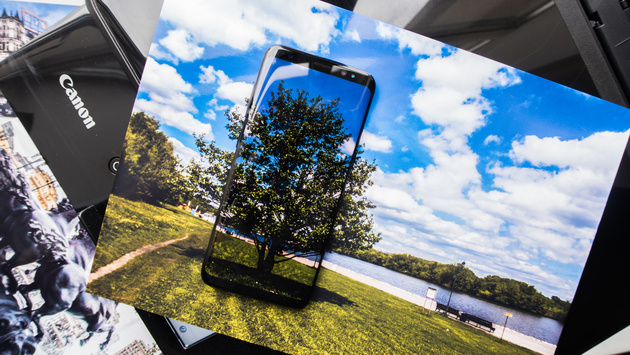
It is worth saying that we had no doubts about the quality of shooting on the Samsung Galaxy S8, but we decided to start by printing pictures in a format of 10 by 15 centimeters on Photo Paper Pro Platinum paper. Excellent detail and colors - everything suggests that you need to get a different paper size.
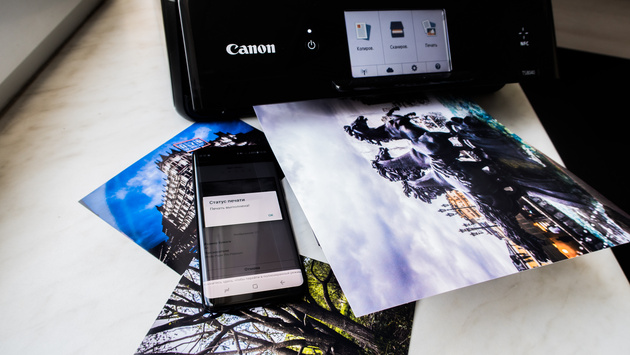
In A4, we printed another pair of shots on the same type of paper and again were impressed by the quality of the smartphone camera and the prints on the printer. And accidentally putting the phone on the printed picture, we almost lost the device: a frameless design on one side and highest quality paper prints made itself felt.
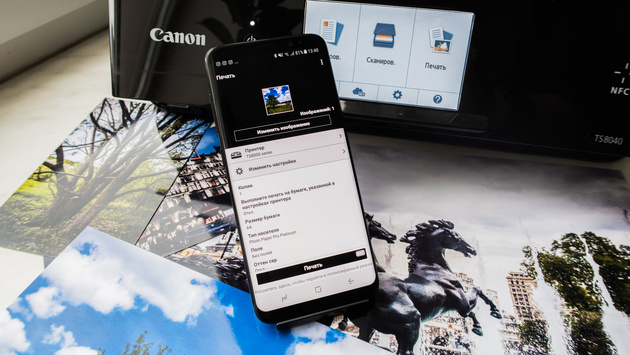
However, Samsung was noticed with a slightly warm display tone (AMOLED Film mode), but the picture showed natural colors and great details. The latter, of course, is not only the merit of the Samsung Galaxy S8 camera, but also the Canon PIXMA TS8040 printer.
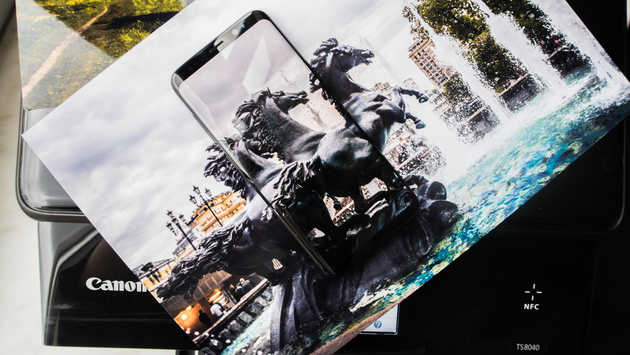
We can't get past the video shoot. The Galaxy S8 can record videos in 4K resolution, but image stabilization will not work in this case. You can also shoot spectacular time-lapses and slow-motion videos - this device does it perfectly. As an example, we suggest watching a video in Full format HD at 30 frames per second. Here you can clearly see how optical image stabilization works, how the device writes sound and shoots in low light conditions.

